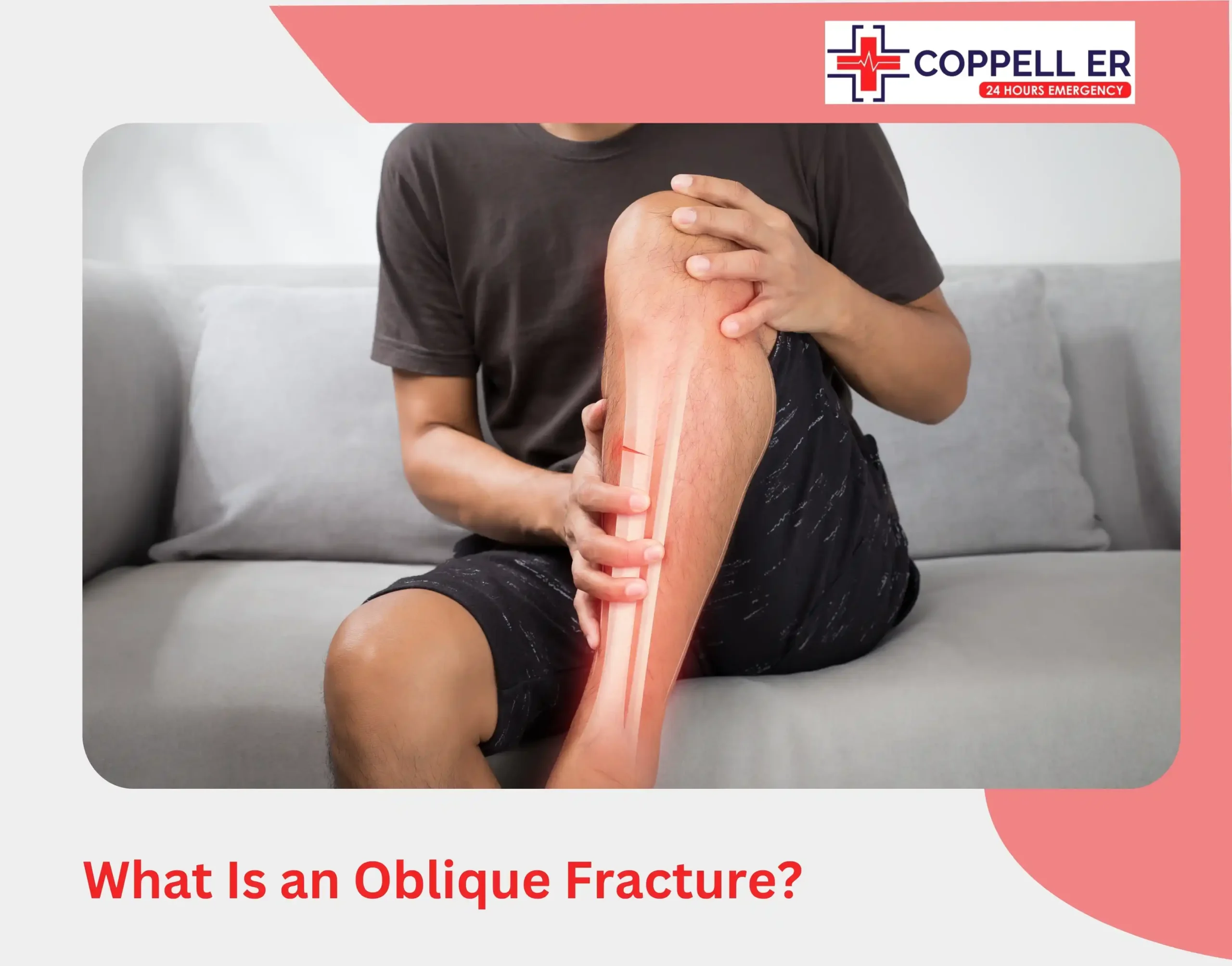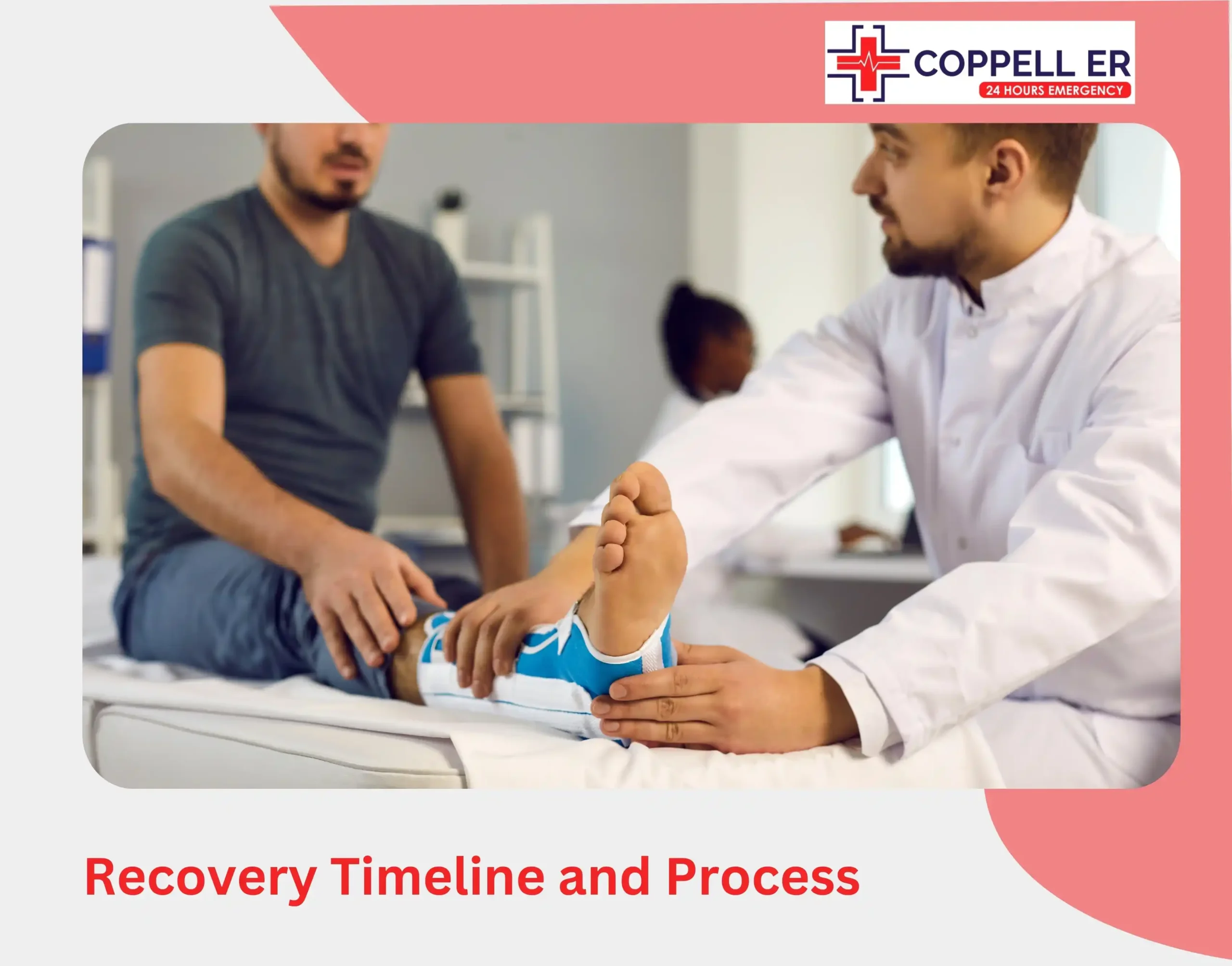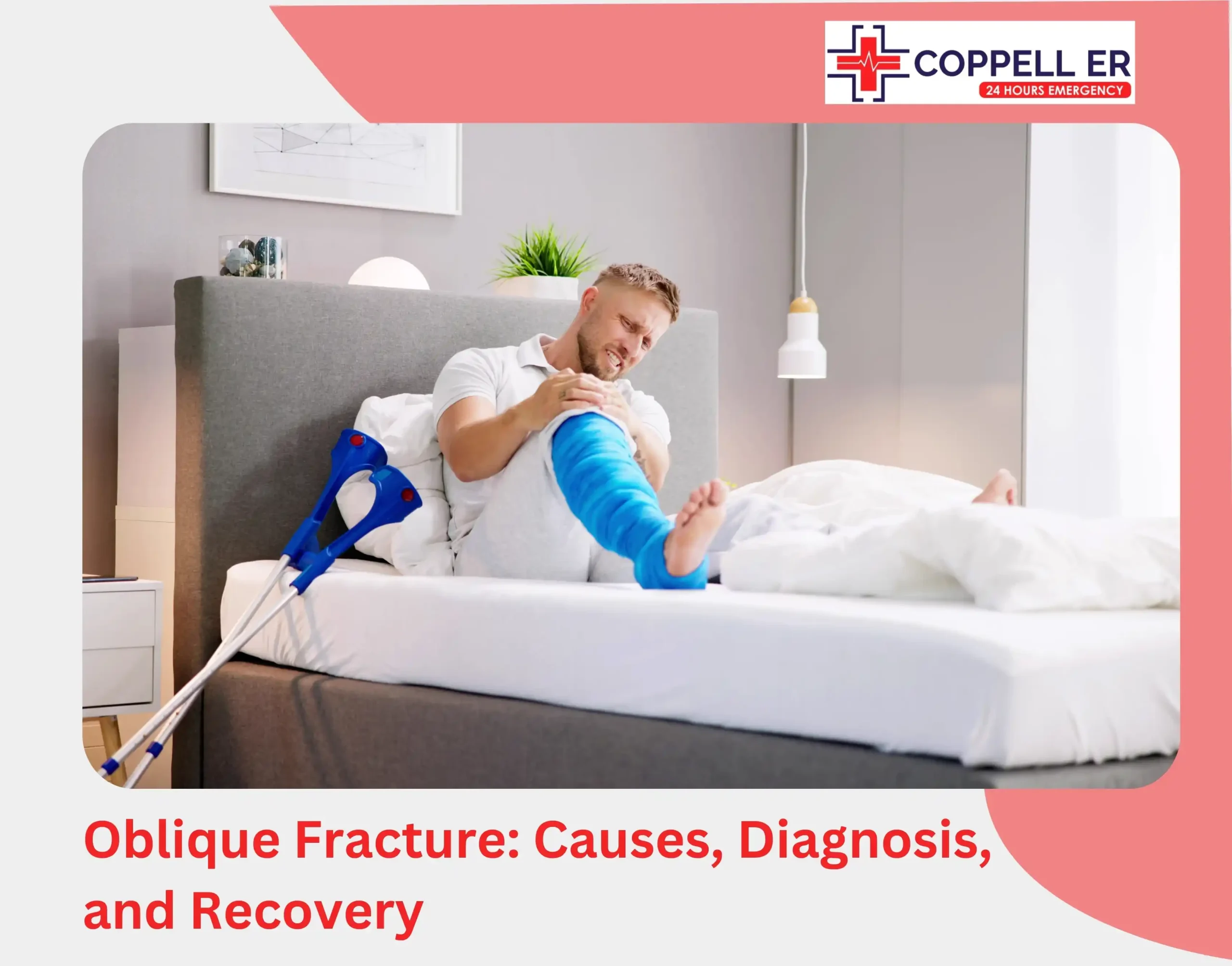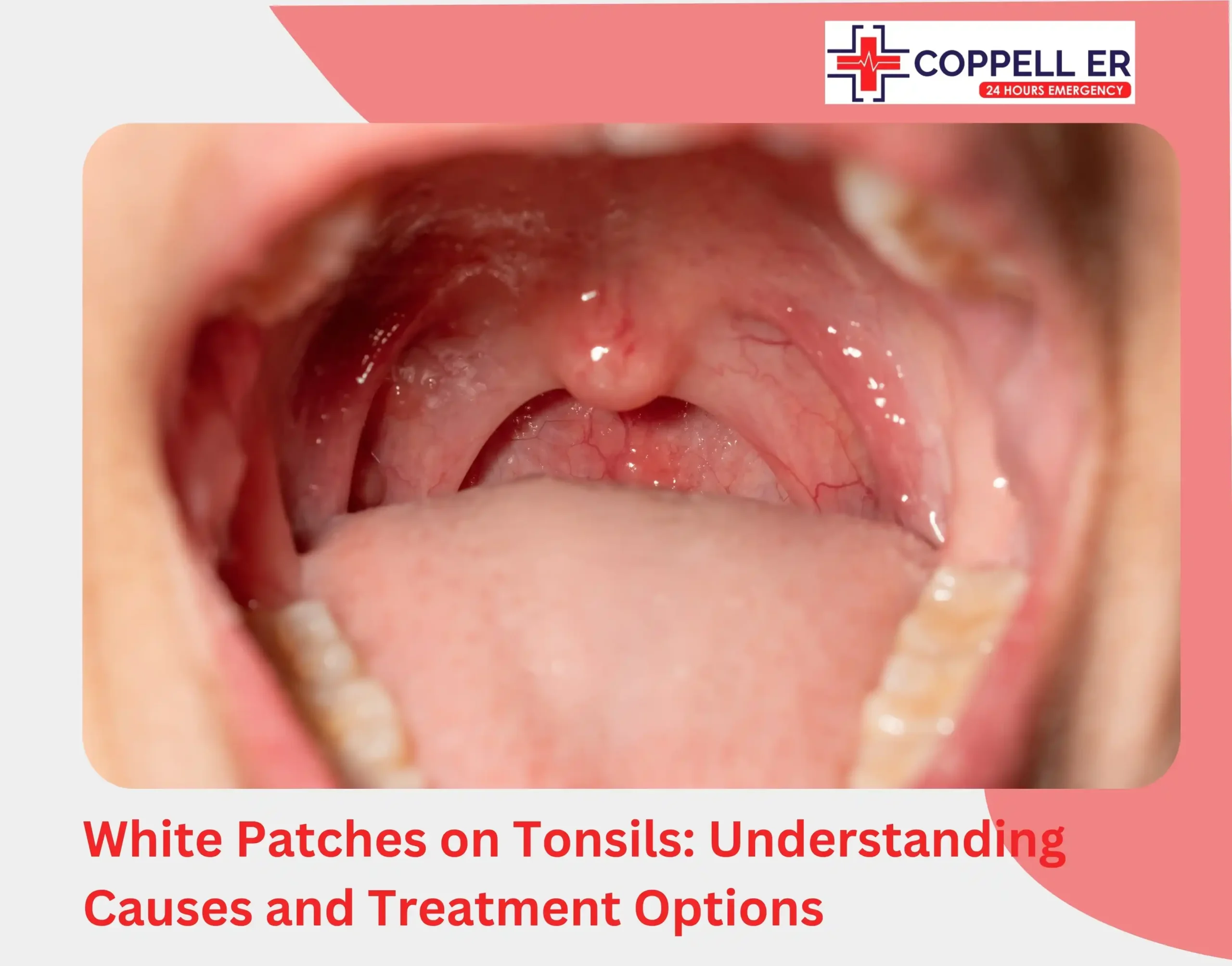An oblique fracture is a complex bone break that occurs at an angle across the bone. Unlike straight breaks (transverse fractures) or twisted breaks (spiral fractures), oblique fractures involve a diagonal crack that cuts across the bone shaft.
These angled breaks often pose more treatment challenges due to their tendency to shift and cause bone misalignment. Understanding what causes an oblique fracture, how it’s diagnosed, and the best recovery options is key for patients, caregivers, and healthcare providers.
What Is an Oblique Fracture?

An oblique fracture is a type of bone break that runs diagonally, usually between 30 to 60 degrees across the bone’s long axis. The break creates a sharp-angled surface, making it more likely for bone fragments to slide or become displaced if not properly stabilized.
How Oblique Fracture Differs from Other Fractures:
- Transverse fracture – Breaks straight across the bone
- Spiral fracture – Wraps around the bone like a corkscrew
- Oblique fracture – Cuts at an angle across the bone shaft
Because of their geometry, oblique fractures are less stable and more prone to complications like shortening or angulation if not properly treated.
Common Causes and Risk Factors
1. Trauma and Accidents
- Motor vehicle collisions are a leading cause due to high-force impacts that twist and compress the bones.
- Falls from height, especially when someone lands on an arm or leg, can result in diagonal bone stress.
2. Sports Injuries
- High-impact sports such as football, hockey, skiing, or rugby often involve twisting or bending forces that contribute to oblique fractures
3. Age and Bone Health
- Older adults with osteoporosis are more vulnerable, even minor falls can cause fractures.
- Younger individuals usually need significant trauma for a bone to break this way.
4. Occupational Hazards
- Jobs that involve physical risk, like construction or manual labor, increase the likelihood of such injuries.
- Medical conditions like metabolic bone disease or long-term steroid use can also weaken bones and raise fracture risk.
Key Symptoms
- Sudden, sharp pain at the injury site
- Swelling and bruising
- Visible deformity in severe cases
- Inability to move or bear weight on the limb
- A “popping” or “cracking” sound at the time of injury
Diagnostic Tools:
1. Physical Examination
Doctors check for tenderness, swelling, and any loss of movement or nerve function. They’ll also evaluate blood circulation to the affected area.
2. X-Rays
Standard X-rays are usually enough to confirm an oblique fracture and assess how far the bone fragments have shifted.
3. CT Scan
In more complex fractures or when surgery is being planned, a CT scan gives a clearer view of the bone and nearby joint involvement.
4. MRI
Used in select cases to check for related soft tissue injuries, ligament damage, or healing progress.
Treatment Options for Oblique Fractures

Treatment depends on several factors, including the severity of the fracture, whether the bone has shifted, and the patient’s overall health.
Non-Surgical Treatment
Best for:
- Non-displaced or minimally displaced oblique fractures
- Small bones like fingers or toes
Methods:
- Casting or splinting to keep the bone in place
- Closed reduction (manual realignment) followed by immobilization
- Frequent follow-up X-rays to monitor for displacement
Note: Non-surgical treatment carries a higher risk of bone fragments shifting during healing due to the angled fracture surface.
Surgical Treatment
Most moderate to severe oblique fractures require surgery due to their instability. Common Surgical Methods include:
1. Plate and Screw Fixation
Metal plates and screws are used to secure the bone fragments, especially in long bones like the femur or humerus.
2. Intramedullary Nailing
A metal rod is inserted into the bone’s core to hold it in place, often used for leg bones like the tibia or femur.
3. External Fixation
For open wounds or complex fractures, external frames stabilize the bone while keeping soft tissue damage minimal.
Recovery Timeline and Process

1. Initial Healing Phase (0–6 Weeks)
- Immobilization is key during this time
- Pain and swelling begin to subside
- Post-surgical wounds require proper care to prevent infection
- Gentle range-of-motion exercises may start
2. Intermediate Healing Phase (6–12 Weeks)
- X-rays show callus (new bone) forming
- Gradual increase in movement and activity
- Physical therapy becomes more active
3. Advanced Healing Phase (3–6 Months)
- Bone continues to remodel and strengthen
- Patients regain mobility and strength
- Clearance for sports or high-impact activities happens after full evaluation
Key Takeaway
Oblique fractures pose distinct risks and complications that both patients and providers must consider. Their diagonal orientation leads to inherent instability, increasing the chances of malunion, where the bone heals in a misaligned position, resulting in potential shortening, angulation, or rotation.
At the ER of Coppell, our team specializes in prompt evaluation and emergency fracture care. Our team runs the necessary imaging and lab tests to determine the nature of the break, stabilize your condition, and facilitate transfer if surgical intervention is needed.
FAQs
Which bones are most prone to an oblique fracture?
Long bones are the usual suspects, particularly those in your lower legs (tibia and fibula), thigh (femur), and forearms (radius and ulna).
How do doctors confirm an oblique fracture?
A physical exam is the first step, followed by X-rays, which clearly show the diagonal fracture line. Sometimes, a CT scan might be used for more detail.
What does rehabilitation involve after an oblique fracture?
Once the bone is stable, physical therapy begins. It focuses on regaining your range of motion, strengthening muscles, and gradually helping you return to your daily activities.
How can I reduce my chances of getting an oblique fracture?
Protect your bones with a calcium-rich diet and exercise, wear appropriate gear during risky activities, and be mindful of your surroundings to prevent falls.
How long does it take to fully recover from an oblique fracture?
Recovery typically takes 3–6 months, depending on the bone involved, treatment type, and overall health. Physical therapy often helps restore mobility and strength.




